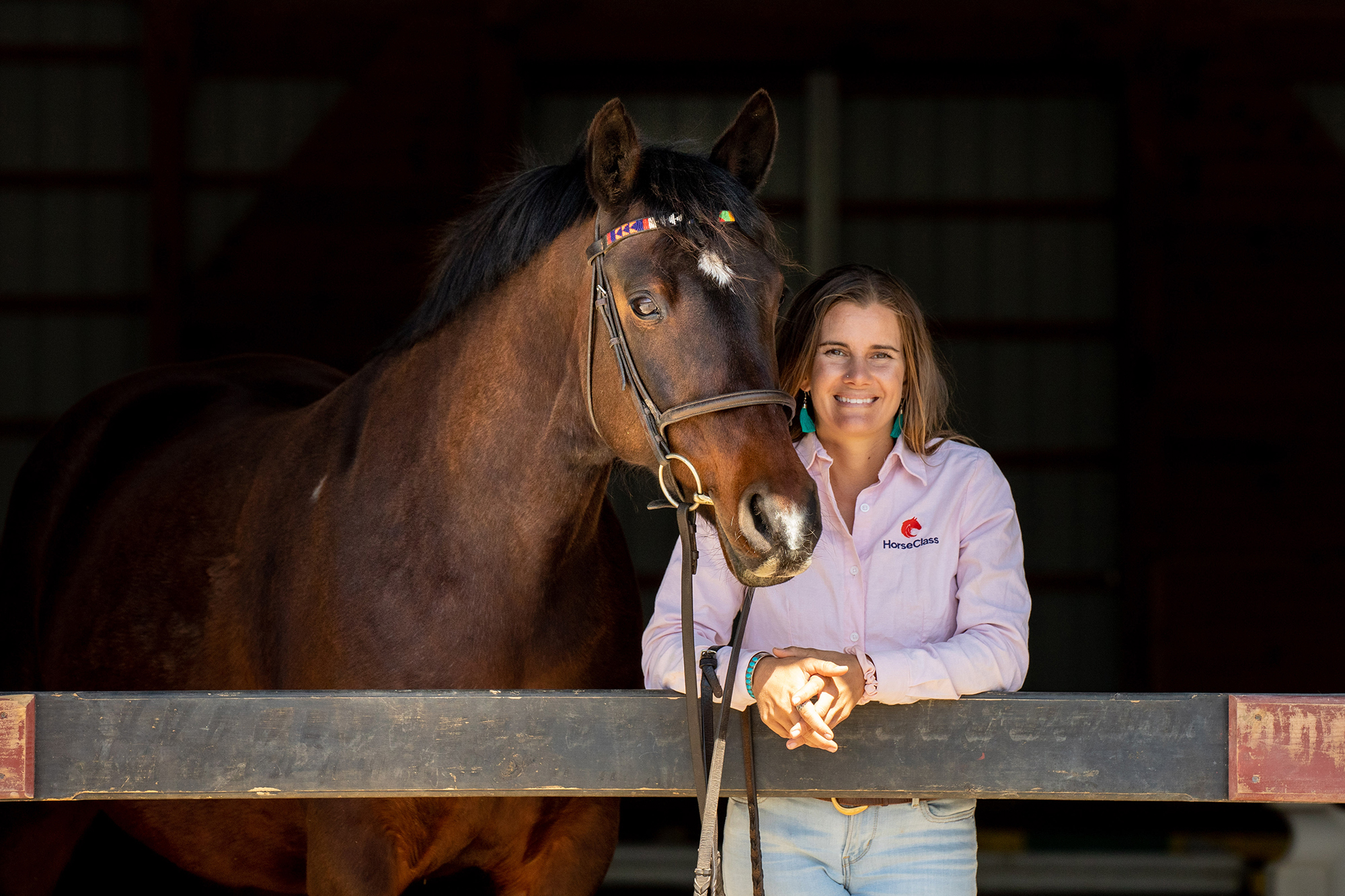No Pain, No Gain?
Think Again…
Movement for Riders
Online Guided Program
Would you love to feel fit and strong in and out of the saddle?
To improve your riding so you can have a balanced position, independent seat, and quieter hands?
Do you feel that you “should” exercise but are tired of programs that leave you tired and sore?
I want to share a better way for riders to improve their strength, mobility, and coordination. This will improve your riding and will help you feel better through all your daily activities.
A few minutes a day of fun, simple movements can make a powerful difference – increasing stamina, balance, and reducing pain in the back, hips, knees, and ankles – all common areas for riders.
I will be sharing my personal routines for overcoming old injuries, practicing for riding (even when I can’t be in the saddle) and preventing soreness on long riding days.
Before we get started, a quick question for you.
Have you ever considered how your horse feels when you are stiff and sore?
Our movement (or lack thereof) directly affects our horses. When we are not moving well, they will change as well. Shorting their stride, dropping their back, maybe even going crooked.
When we can be more fluid, even, and better in our own movements, our horses improve too.
This was especially important for me to remember this week.
I just got back from a pack trip to Northern Mongolia. We had some long days in the saddle and it was important that I didn’t get stiff, as this would negatively affect the Mongolian horse I was riding, Khan, in his ability to carry me through the difficult terrain we were crossing.

In case we are just meeting now,
I’m Callie King, instructor, trainer, and founder of HorseClass. I help riders, especially new and returning riders, feel confident and secure.
I have studied and practiced different movement arts for over 10 years, but my own search for a way to feel better in the saddle began after a back injury made riding, even for short periods, painful.
With much time, learning, and practice, I began to feel better in my own body than ever before, and I saw there were obvious links between how I was already teaching riders and the insights and exercises I was learning through my movement study.
I saw how riders who had more body awareness, and were active and exercising outside of riding, progressed faster and gained riding skills more easily.
As I shared my movement practices at the events and clinics I was teaching, I noticed how the riders started each riding session more relaxed and balanced.
For the past 18 months, I have been creating a simple program of the most beneficial exercises I have found and several groups of students have helped me with testing these daily follow along sessions.
This week, before and after the days’ riding this past week in Mongolia, I would do a few minutes of my movement practice, simple exercises to keep riding my best.
I want to share these with you, but first, come along with me to learn a few concepts about movement, pain, and the challenges with some “normal” exercise routines.
No Pain, No Gain? Think Again…
Learn How the Nervous System Regulates our Movement
Ok, so the key takeaway from the video above is that our nervous system is what regulates our experience of how we feel, including pain, balance, and strength.
Our movement and how we feel as we move is part of the bigger picture of our overall wellness.
Just as our horse’s diet, hoof care, pasture time, and social interactions affect their movement and behavior, they affect ours too.
Let me explain another concept from Dr. Cobb, called the “threat bucket” and how this affects our pain and mobility levels.
The “Threat Bucket” Concept
When we understand the concept of the threat bucket, we can see how other factors in life affect our movement. But also how functions in our body (vision, vestibular system as two examples) also affect our movement.
When we want to move better – more mobile, strong, and balanced – it is important to take the steps we can to improve our general well being.
It is also important to do any exercise at the right challenge level – in intensity and duration – for YOU.
I will guide you through a technique to find that “right” challenge level as we progress through this training.
Key Takeaways to Remember:
1
Pain, Range of Motion, and Strength are controlled by the nervous system, not just the muscles, tendons, ligaments, and other tissues, so we should first train smart, not hard, to see better results.
2
You can change how you feel and how you move much more quickly than you may have thought possible!
Ok, let’s get moving!
Follow along with me in this simple, 5 minute Movement for Riders routine.
Movement for Riders
Online Guided Program
Join this challenge for:
- 30 Follow Along Movement Routines Just For Riders
- Science of Movement Class
- Exercise Index
How do you feel after these few movements?
Leave a comment below! If you have any questions, I am happy to answer those too 🙂